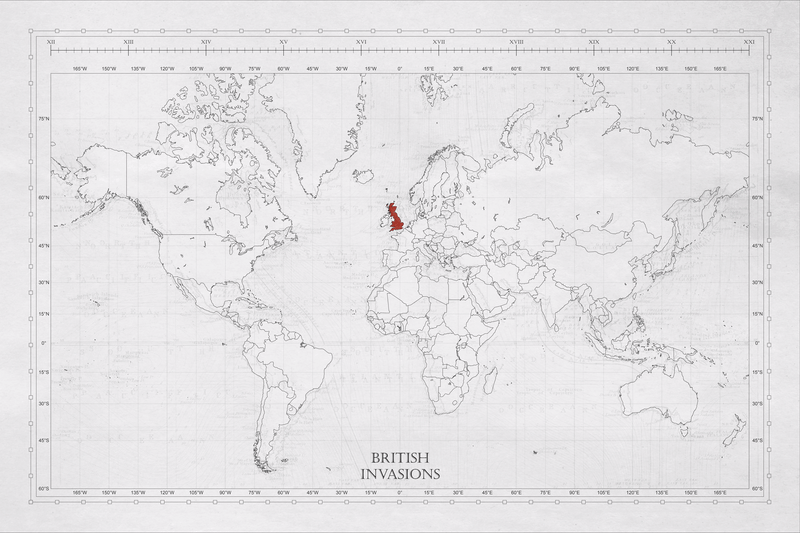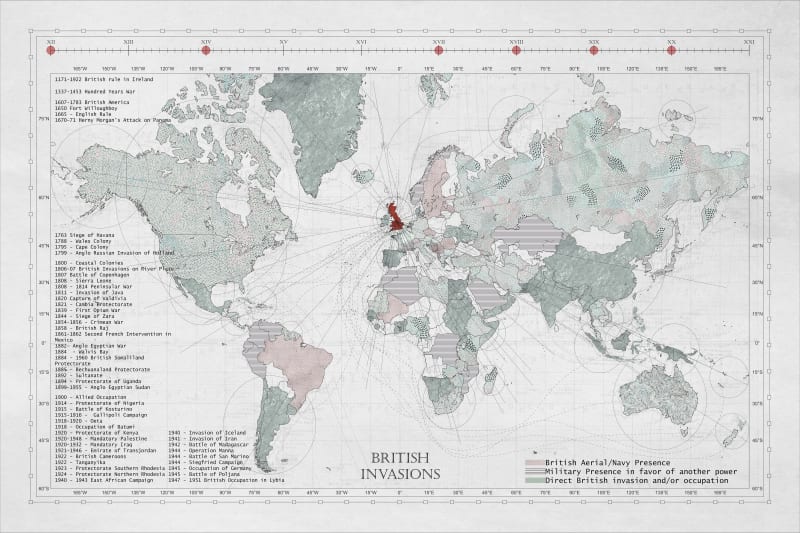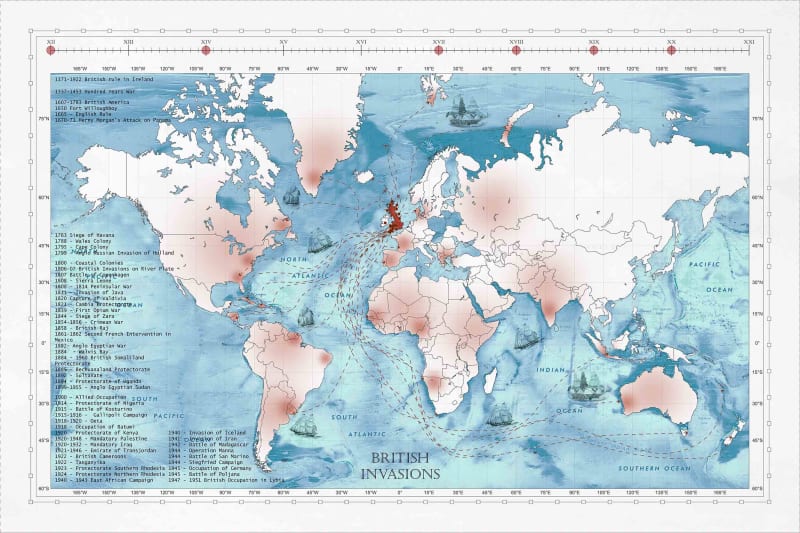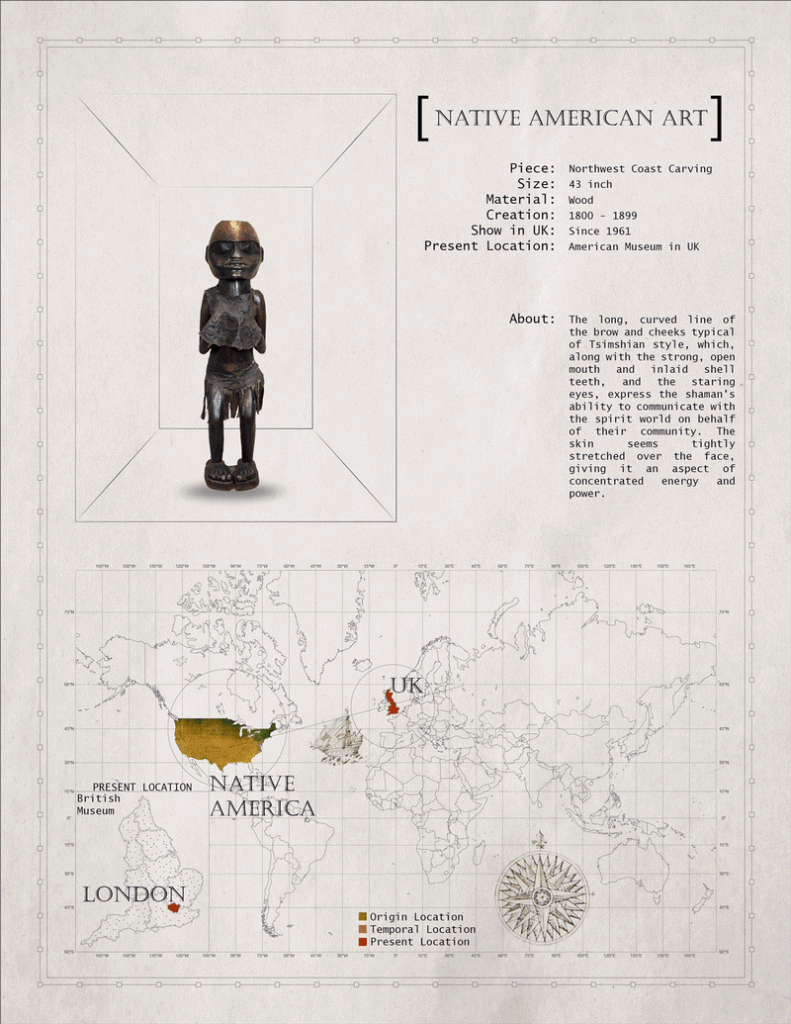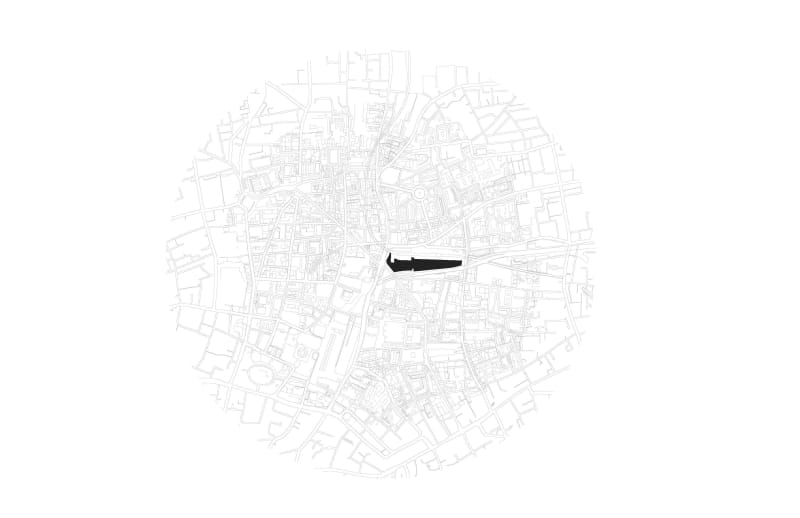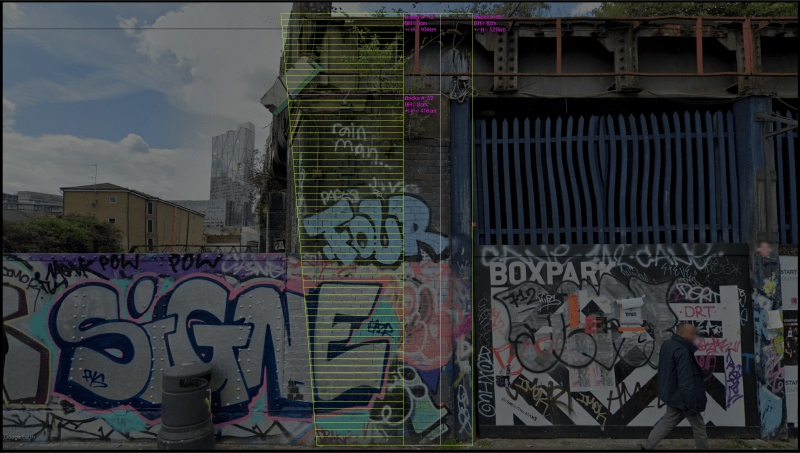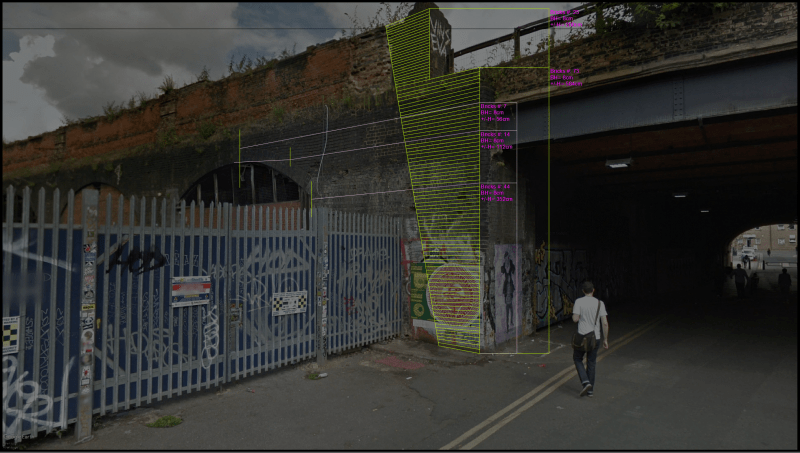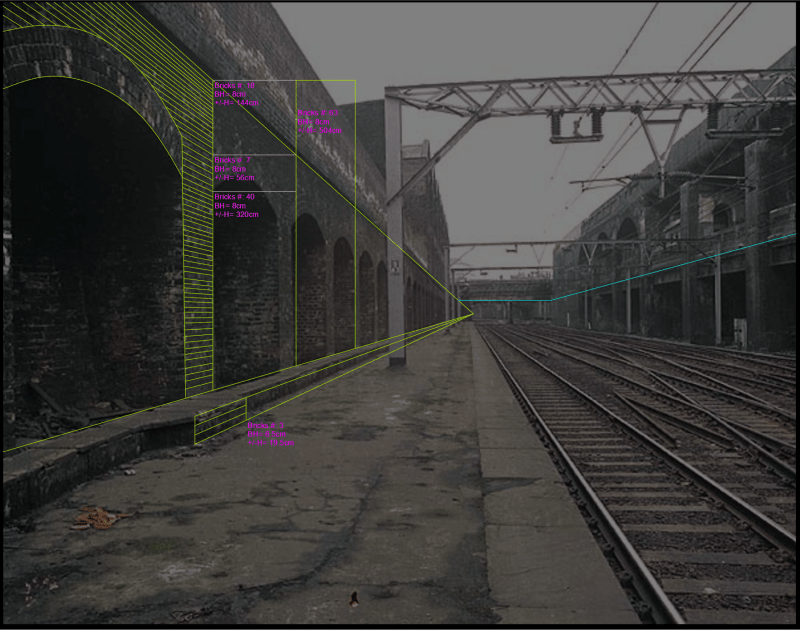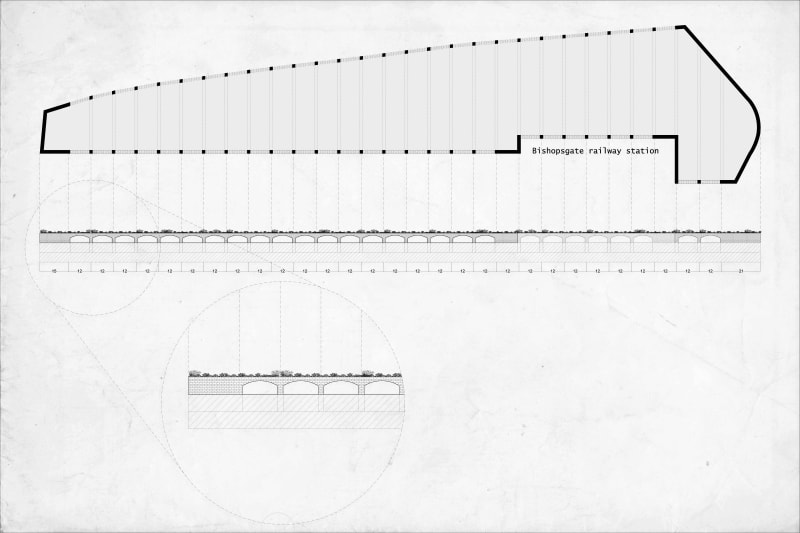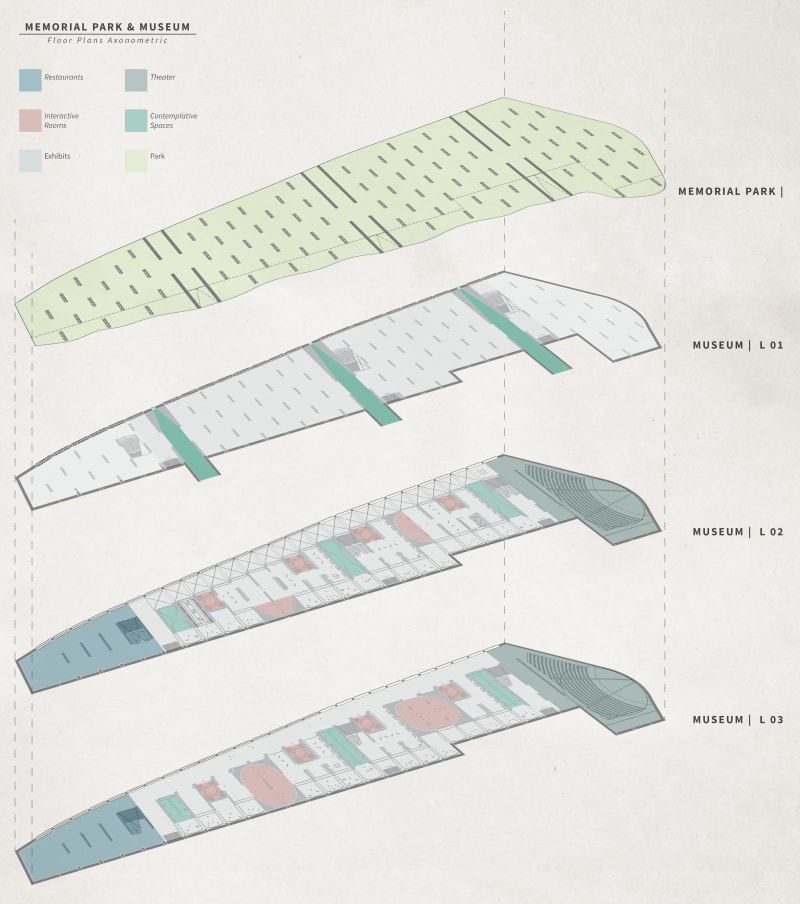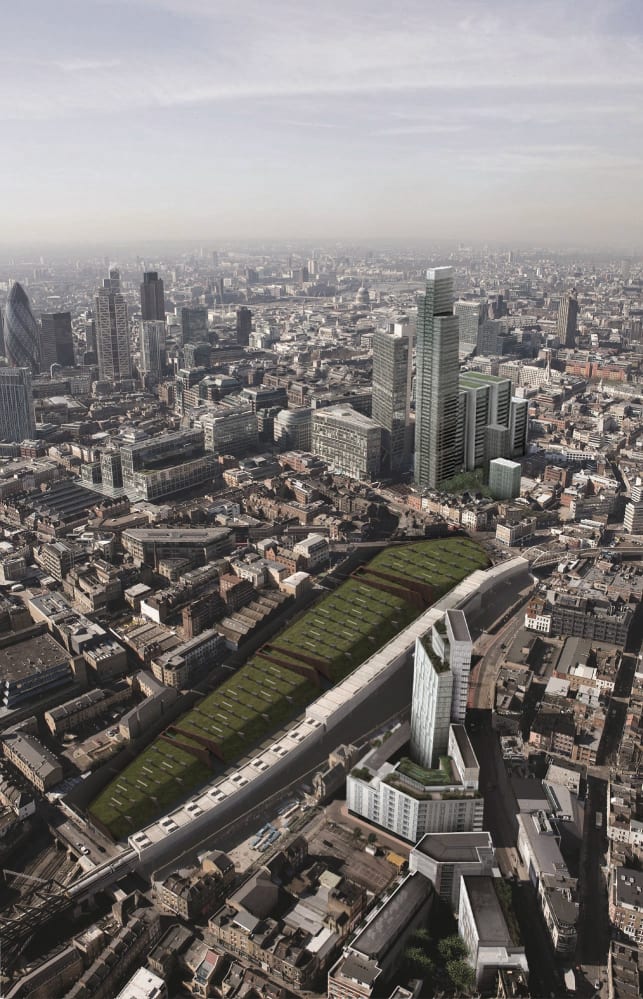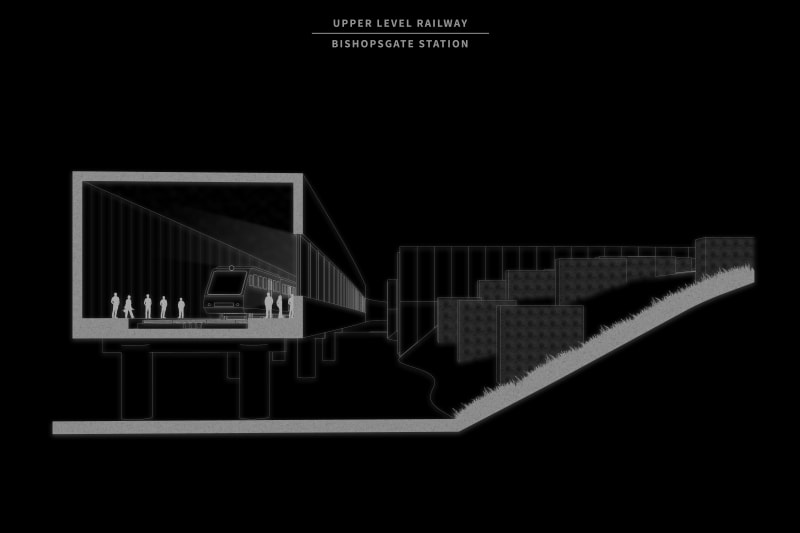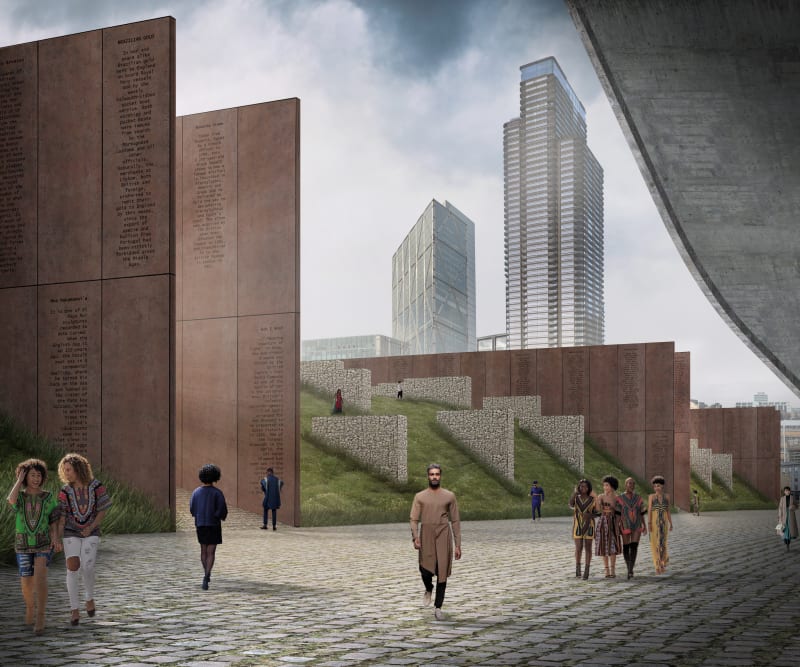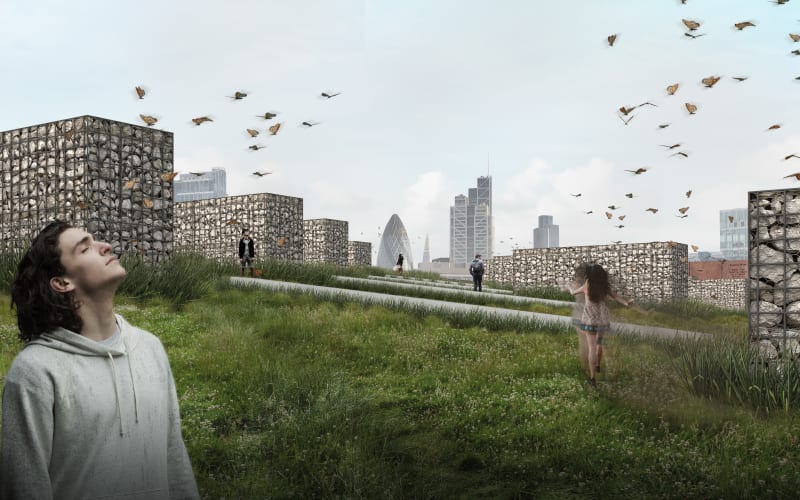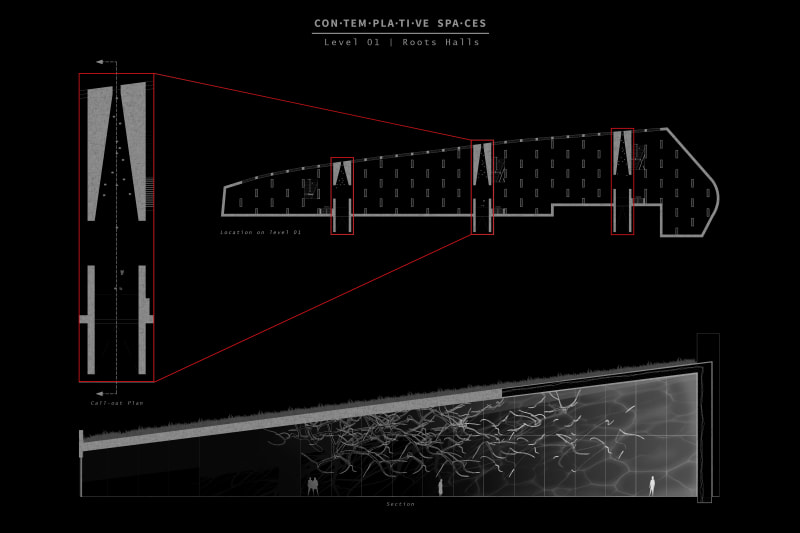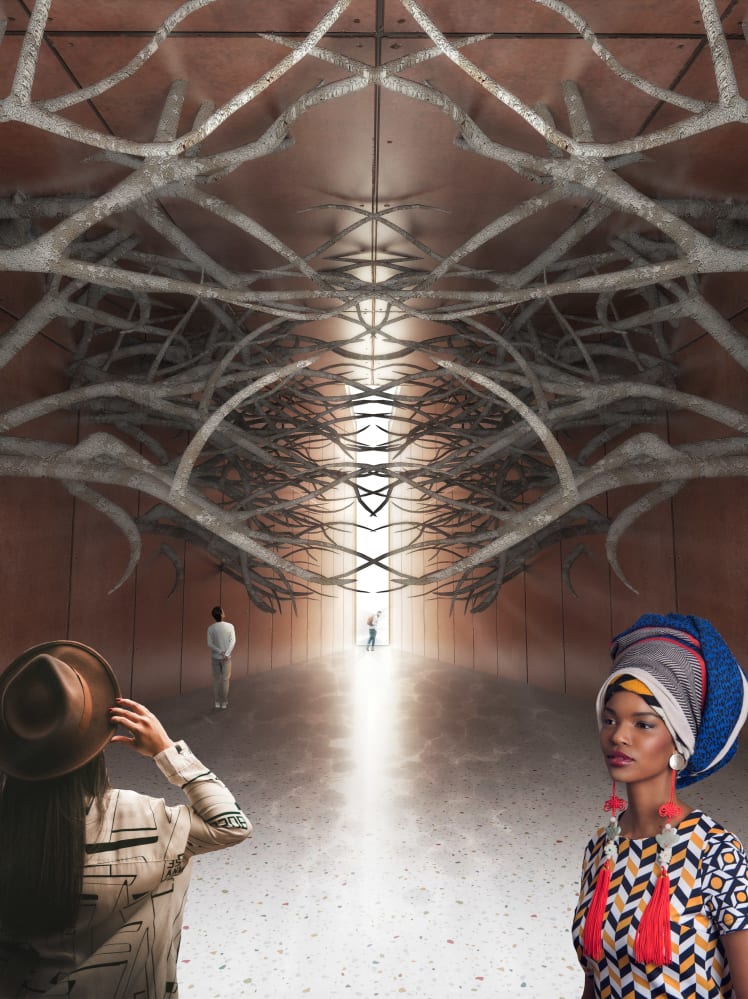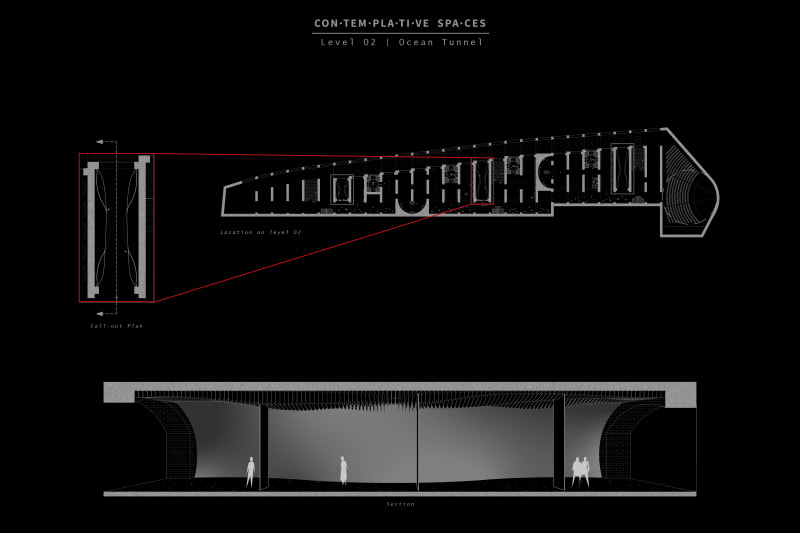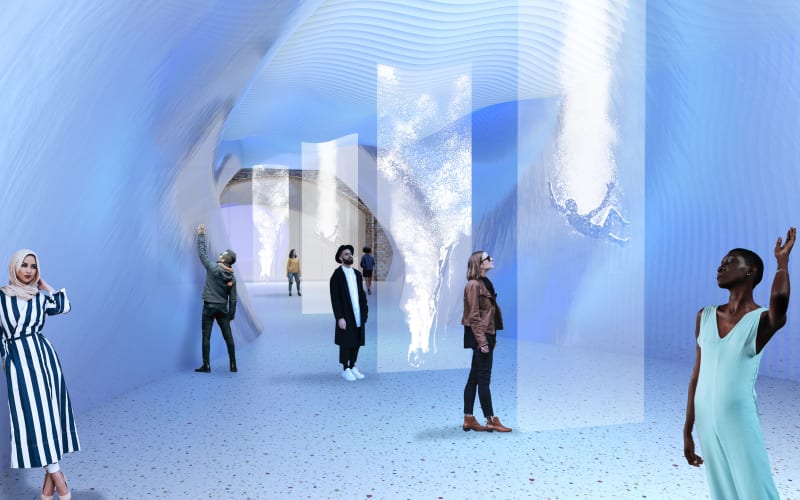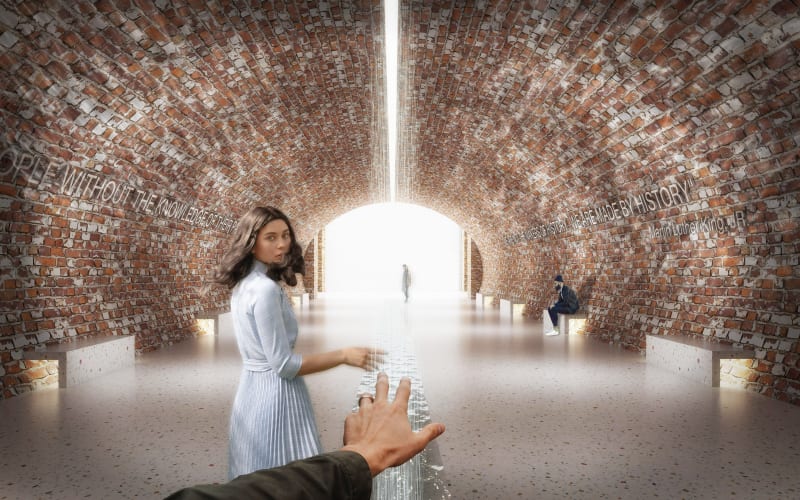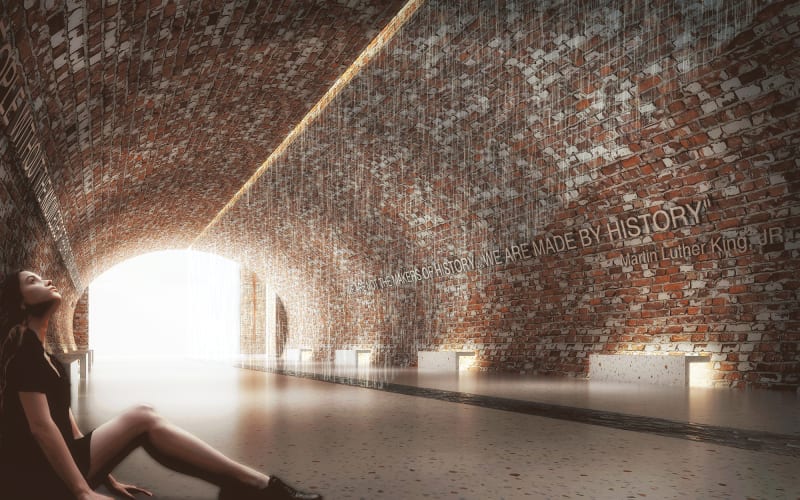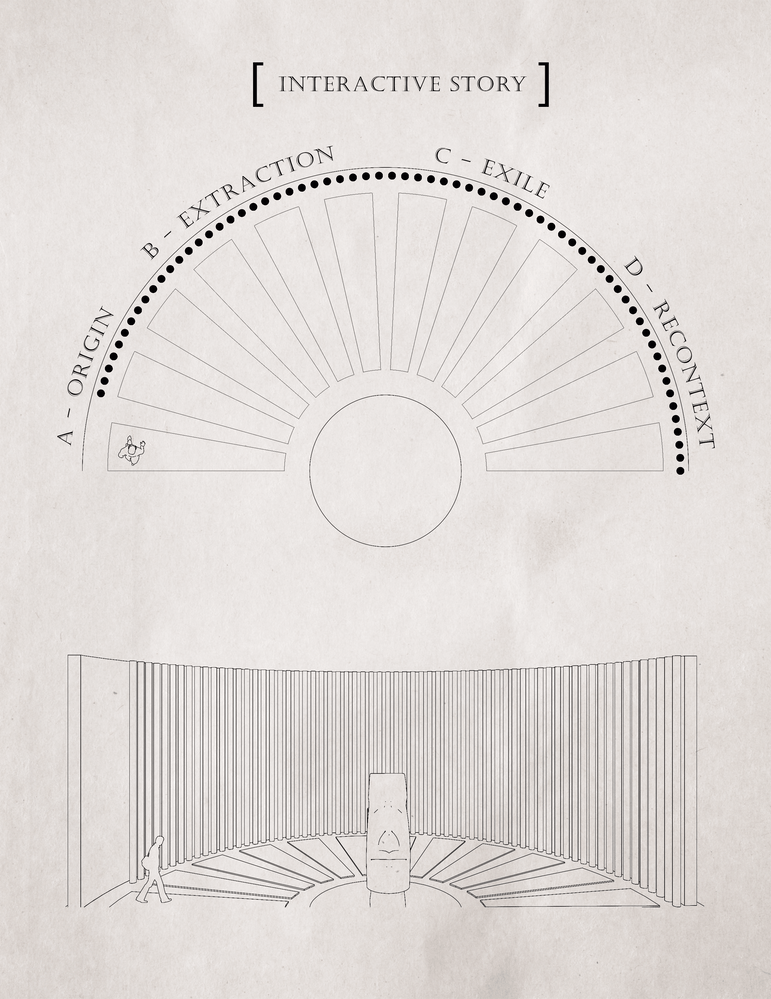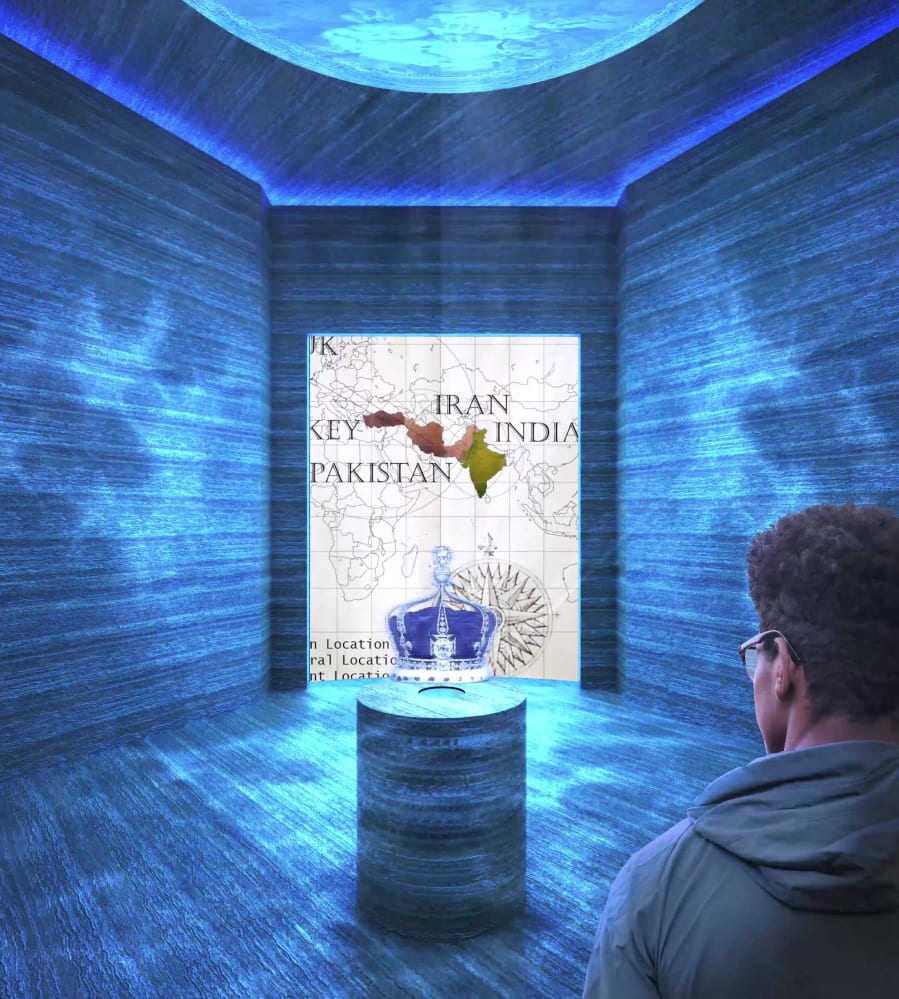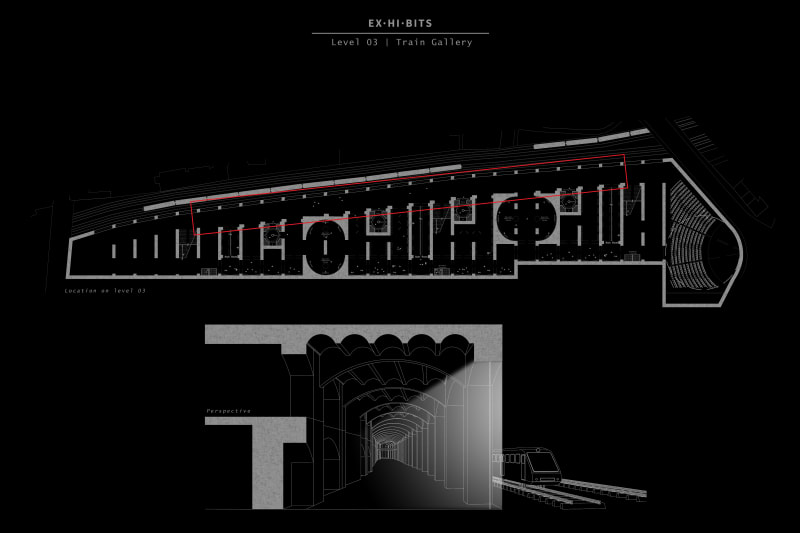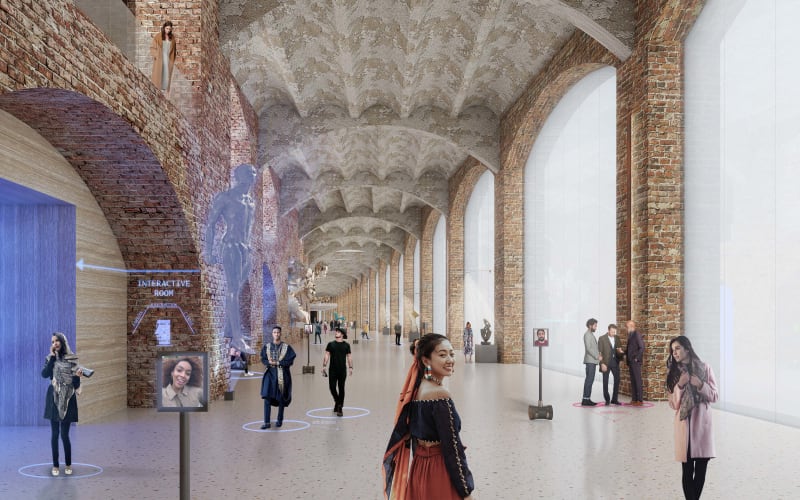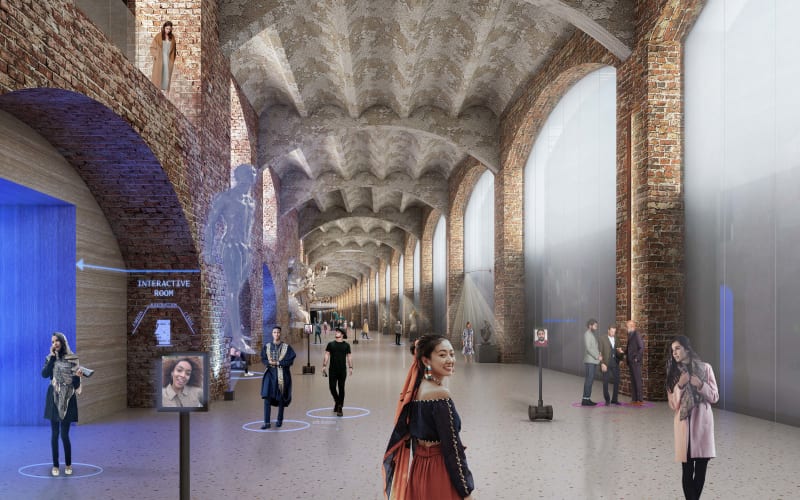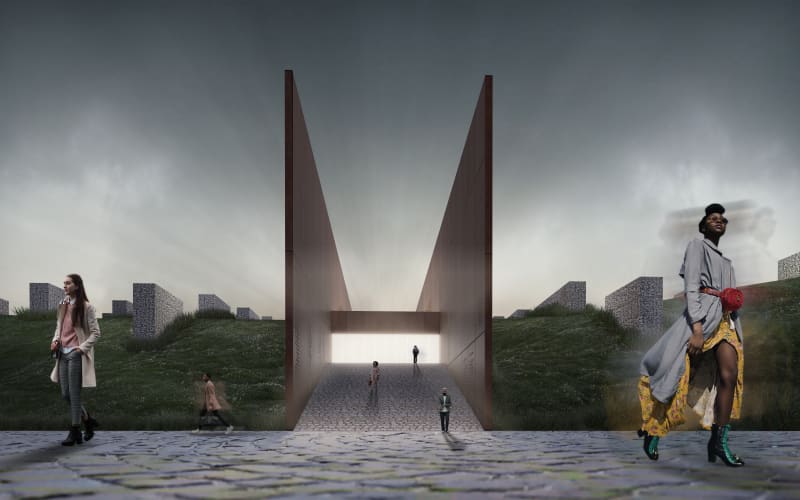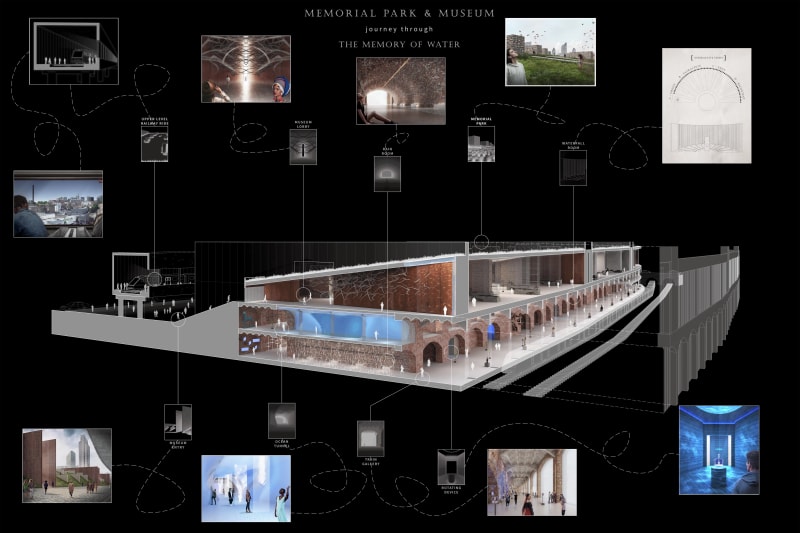Something of Value navigates through arguments for architecture as a value proposition for the city of London. This proposal explores the value within the intersection of parallel histories, cultures and stolen heritage. You can wipe out an entire generation, you can burn their homes to the ground and somehow, they’ll still find their way back. But if you destroy their history, you destroy their achievements and it’s as if they never existed. The Monuments Men
A im·pe·ri·al·ism is the attempt of one country to control another country, especially by political and economic methods.
Colonialism is a distinct form of imperialism in which a colonizing nation exerts direct controls over a colonized state by military, economic, and political means.
The British invaded 90% of the world, in different moments of history and in different scales of intervention. During the British invasions there was an infinite transport of valuable items. This is how today the UK possesses so many treasures that are not from British land nor respond to British culture of the time. The Traces of British colonialism are still alive today, and show in the deep rooted political & migration crisis that many countries have been facing through the years. Layers of parallel histories that echo to each other in what it seems like an endless cycle of racism and disruption of human connections.
Migration is connected to every aspect of a nation. It is this global transport and transnational connections that makes migration a political action. These heritage objects taken during British colonialism hold an intrinsic relation with migration. As you migrate from your origin country, you don’t lose your genetic or cultural roots. As you move you gather parts of every place where you’ve been and no longer hold the story of one place, but all those places that you went through. What is interesting is that the movement of these objects happened through water. Great Britain managed to master navigation techniques to reach all these places. By following the liquid traces of these parallel histories, this project aims to navigate through the memory of water in order to tell the stories of these objects from their origin, extraction, exile and re contextualization.
The British Museum currently gathers most of the heritage objects taken during British Colonialism. There are 170 museums in London, but none of them presents these objects from a point of view that is not the Colonial point of view. So, this project is NOT a: Museum FOR British Colonialism or Museum OF British Colonialism. It is a Memorial Park & Museum that presents the stolen heritage objects taken during British Colonialism. It aims to relocate the pieces from other museums in London and open the possibility of a rightful place for resemblance and celebration of history and culture.
Language is an important part of the project, so the first step was to create a glossary/data base of several definitions of Colonialism that haven’t been addressed by their historical proven context. The research let me to analyze the common information that is presented in Museums. Many of the definitions are ambiguous or misleading. In an attempt to soften the facts behind the story. So many of these words were replaced by factual data and a new description was created based on the origin, extraction and exile of the piece. An inventory of some of the most controversial pieces let to understand the traces of the migration of these objects.
The place for the project is located in Shoreditch, London. An abandoned train station. Damaged by humans and time, it’s an architectural hidden jewel that lost its value, but could still be reclaimed for the city.
Its main structure has been semi demolished and nature has populated its ruins. What it might seems like a park from above, it’s actually an inaccessible space. Due to the lack of information. A taxonomy analysis through photograph was made. In order to reconstruct through drawings, most of the existing structure.
The abandoned building will be the bones for the new proposal. Maintaining much of the existing architecture and calibrating an urban envelope to merge the building and the city. This proposal holds an appreciation for these ruins and its semi demolished walls, as a symbol of resilience, endurance and the value that could bring the reuse of this architectural device. An architectural expression of the past and the present to step into the now, future.
A memorial park will arise on top of the existing building, creating an accessible green space for the city. The museum will consist in three underground levels. The memorial park will conform a series segmented walls that arise from the existing building becoming a space for meditation and exploration. The Museum program will consolidate exhibits, Contemplative spaces and Interactive rooms.
A space that has been inaccessible for decades now becomes a green buffer that mitigates the rapid development of skyscrapers. Especially in Shoreditch where the signs of gentrification accelerate. The need for green spaces is no longer optional, but vital.
The experience of the building starts from the city. Whether you take the upper level railway, drive through the street or walk on the plaza.
The gradients of urban views shift to a landscape that invites to move through its parallel semi buried walls, framing the view of the city of London in the background.
Once you arrive to the plaza that buffers the upper level and the memorial park. The three Museum entries will attract you to explore further. Gabion and Corten walls inserted in the wilderness as a symbol itself of elements of nature resilient to time and history.
The memorial park is dedicated as segments of walls, parallel histories happening all at once. Reclaiming a space dedicated to nature for humans and non-humans that can inhabit the park.
Once the journey inside starts. Contemplative spaces emerge. In this case the first space at entering into the building.
Greets you with dashing natural light that comes through natural elements that have been extracted out of their original context. The roots of culture extracted from their land.
Going one level down. Ocean Tunnel exhibit.
Many of the human and non-human elements were lost in the ocean in the attempt of taking them to Great Britain. Becoming underwater secrets of history.
Rain room. A space for meditation. Where the use of light and water creates an effect of endless continuity.
Rotating devices. Conformed as chambers that rotate as you go in. Showing the multiplicity of stories of a single object. Creating an intimate experience and presenting the origin, extraction and exile of the object leads to the recontextualization of the piece where now by being exhibit here has started a new part in the history of their migration.
Train Gallery. This gallery intersects the entire building and faces the lower train level on the outside and as the train moves through the façade it changes the perception of the gallery through shadows and sound.
Once the journey is concluded for the day. The walls become part of the cityscape as sleeping giants waiting for the new day to arrive. The history of humanity will never be rewritten, but can definitely be told from a different point of view. We need to confront the past, in order to move forward.


